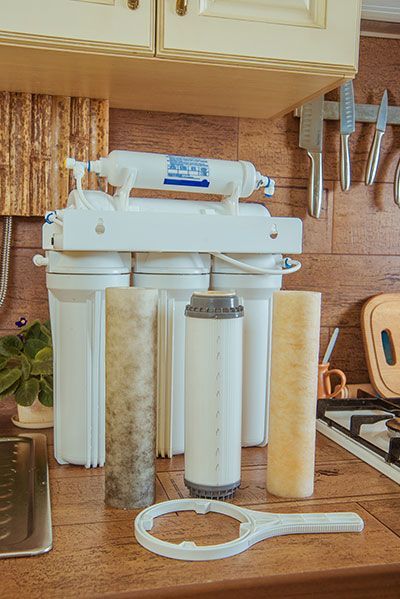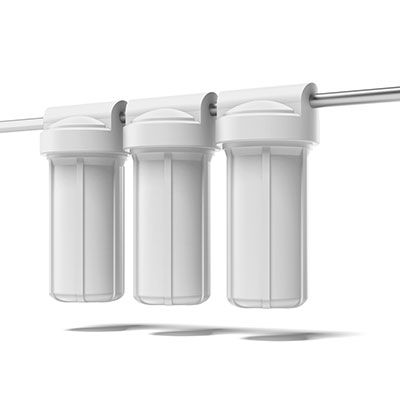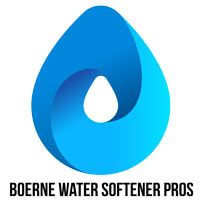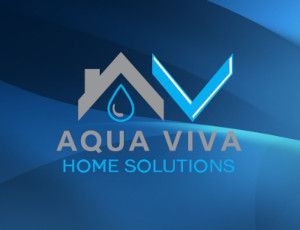Boerne Water Softener Pros
Boerne Water Softener Pros
Reverse Osmosis Water | Boerne & San Antonio, TX

Boerne Water Softener Pros is a company that specializes in the installation, repair, and replacement of the reverse osmosis water system. We are based in Boerne and serve San Antonio and all the surrounding areas too. If you have a Reverse Osmosis System, or you have probably drunk out of the water refined by a Reverse Osmosis Water System, then you'll know how refreshing and pure it feels and tastes. As a person who is concerned about his/her family's health, ensuring that they drink quality water is vital. You may have been looking for a way to make your water healthy by ridding it of every type of contaminant. Well, we are here to let you know that the best and purest choice for any home is the Reverse Osmosis (RO) System. In fact, it can be considered as the way we are naturally supposed to drink water.
In order to help you fully understand the Reverse Osmosis process, we'll break everything down into tiny bits. Simply put, osmosis is the transportation of molecules from a less-concentrated solution, through a semi-pervious membrane, to a more-concentrated solution. One
good instance of osmosis that you may be able to relate with is how plants get their water through the soil. Reverse Osmosis imitates and carries out this process in your home. But as the name implies, it's the total opposite of osmosis. This simply means that instead of going from a less-concentrated solution to a highly concentrated solution, molecules are forced down through a semi-pervious membrane and turned into a less concentrated solution.


REVERSE OSMOSIS WATER IN BOERNE, TX
Basically, the membrane is like a filter that removes contaminants from the water. This membrane is endowed with tiny pores. These pores strain the microscopic contaminants out of the water, thereby making it suitable for you to drink. The semi-pervious membrane in the Reverse Osmosis water system allows only pure water molecules to pass through. Every other contaminants are restrained, collected, and flushed out.
Reverse Osmosis has different stages. The first step is used to protect the membrane and it's known as pre-filtration. This process helps with the reduction of chlorine and also removes larger particles including dissolved solids. It contains a cartridge known as the carbon block filter or the sediment filter. The cartridge protects the membrane from getting damaged by too much chlorine exposure or getting clogged by excess sediment. These two elements, chlorine and excess sediments, are usually found in municipal waters.
Now, after the first phase, which is the initial filtration, the next thing is the awesomeness of the RO system. The system uses pressure to force the water running in your home through the semi-pervious membrane. The
membrane is made up of synthetic plastic material and it allows water molecules to pass through. However, larger molecules like bacteria, urea, viruses, and glucose will not be able to pass through. Elements such as chlorine, sodium, and calcium will also be refrained from passing through. Our expert technicians at Boerne Water Softener Pros proffer RO systems that have been tested and certified for the reduction of copper, chromium, lead, selenium, arsenic, radium, cadmium, barium, fluoride, cyst, nitrates, nitrites, and totally dissolved solids.
Now, for the final phase, the RO system pushes your water through another carbon filter, commonly known as the post filter. This filter gets rid of any contaminants that may have been lucky enough to escape the first filter. Once this has been completed, you water is stored in a tank where it sits until you want to use it. During this final phase, the RO system has an in-line carbon filter that takes a final look at your water before allowing it to pass through your faucet. This last carbon filter helps with the removal of flavors and odors that may be generated from the holding tank or the hoses in the system. The last filter is a "just in case" step that ensures that you get nothing but an incredibly fresh water.
While soft water is great for laundry, showering, and cleaning, there are people who are against drinking it and we understand why. The initial hardness of your water can cause it to have high TDS, otherwise known as total dissolved solids. TDS can have a negative effect on the taste of your water as hard minerals will be replaced by sodium and the softener may have failed to remove some other contaminants in the water; however, a RO system can eliminate the sodium as well as every other contaminant and dissolved solids. This is why it is great to combine a water softener with a RO water system. If you are keen on learning more about RO water systems, contact us at Boerne Water Softener Pros.


